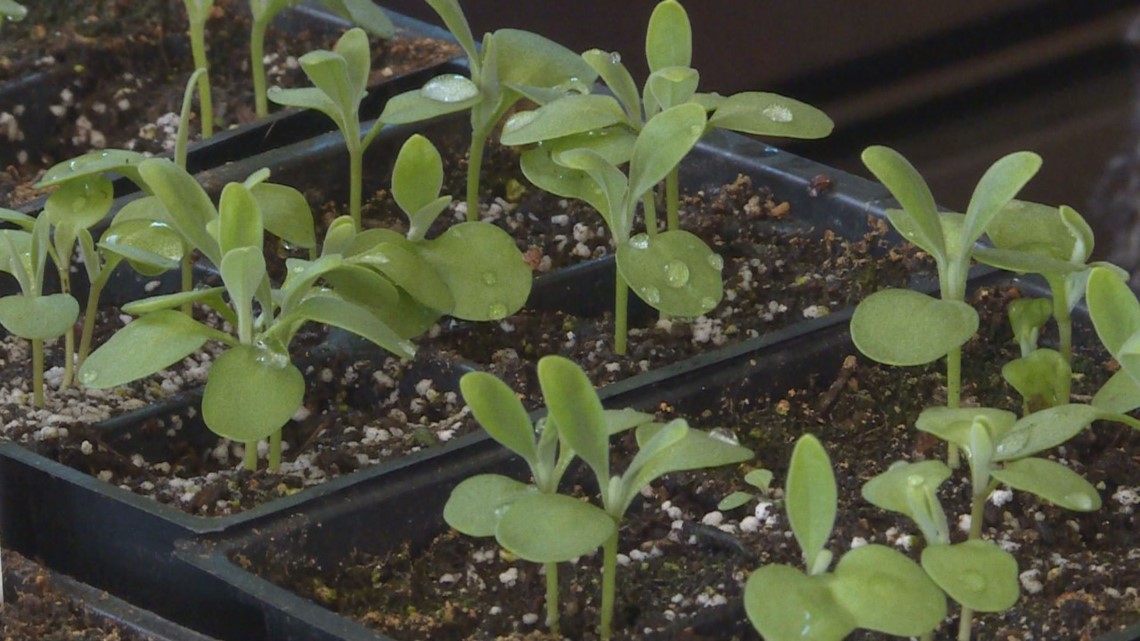DENVER — With plenty of winter still to come, sharpen your seed-starting skills.
You'll need plastic trays, cell packs, dome covers, labels and a seed-starting soil mix. A heat mat is optional, depending on how warm your house is. 70 degrees is the best temperature to germinate most annual seeds.
Seed size is so variable. It ranges from easy-to-handle hollyhock and four o'clock seeds to nearly microscopic petunia and flowering tobacco seeds. Use a trowel-shaped seeding tool that jostles seed onto the soil or a creased piece of paper.
It's inevitable, especially with tiny seeds, that you'll sow too many in a cell. After they germinate, remove the excess seedlings. Otherwise the plants will be crowded and never develop properly.
If you want to save these extra seedlings, use a small tool to lift them. I use a small pickle fork. If you lift and separate them, they can be transplanted into empty cell packs.
It is still too early to sow seeds of tomatoes, peppers and marigolds. It is time to sow cool-season plants and those that take a long time to develop, such as petunias, hollyhocks, flowering tobacco, stocks, kale, ageratum and Madagascar vinca.


RELATED: Get savvy with succulents
RELATED: Proctor's Garden: Shop for seeds now
SUGGESTED VIDEOS | Feature stories from 9NEWS

